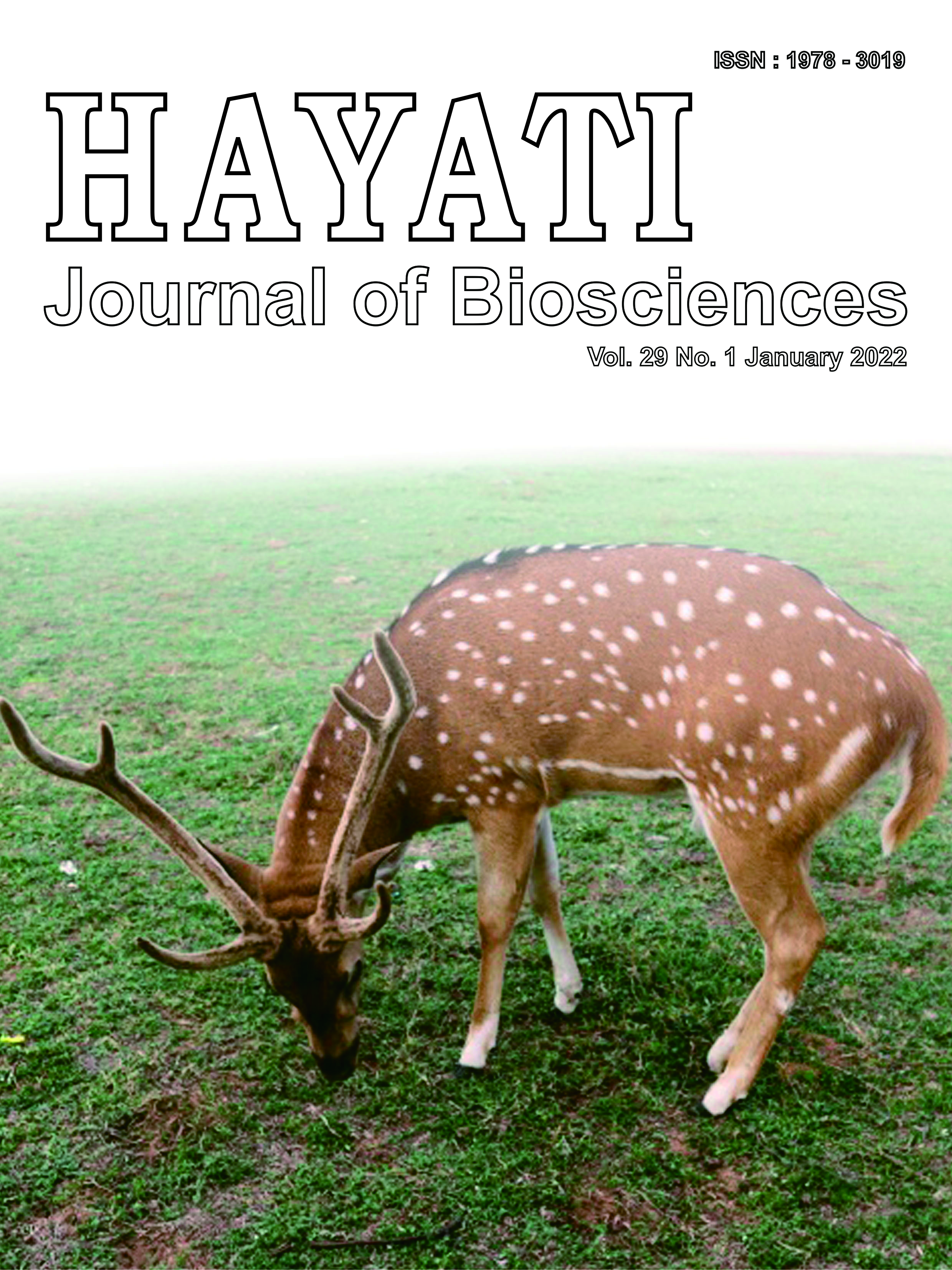A Behavioural Study of Free Ranging Ceylon Spotted Deer (Axis axis ceylonensis) in Trincomalee, Sri Lanka
Abstract
Axis axis ceylonensis (Ceylon spotted deer) is a sub species endemic to Sri Lanka. Ecological observations in wild populations of this subspecies have been reported but there is no published research on its behaviour. We report here a behavioural study on a free ranging population of A. a. ceylonensis inhabiting a temple surroundings in Trincomalee, Sri Lanka. Behaviour was quantified by focal sampling on sex age groups in three time zones: 6:30 to 7:30, 12:30-13:30, and 17:00 to 18:00 hours. The deer were more active in the hour after dawn and an hour before dusk. The main activities were feeding and play, the latter common in juveniles. There was a preference to graze on grasses and browse on Ficus sp. leaves. Resting was highest in the afternoon across all groups. This bimodal activity pattern is similar to that of both wild Ceylon and Indian A. axis subspecies despite the absence of predators in the study area. The bimodal activity may be related to thermoregulatory functions while grazing in open grass areas.
Downloads
Copyright (c) 2022 Kalpphana Gowrithasan, Ahamed Muhaideen Riyas Ahamed, Meena Dharmaretnam

This work is licensed under a Creative Commons Attribution-NonCommercial 4.0 International License.
HAYATI J Biosci is an open access journal and the article's license is CC-BY-NC. This license lets others distribute, remix, tweak, and build upon author's work, as long as they credit the original creation. Authors retain copyright and grant the journal/publisher non exclusive publishing rights with the work simultaneously licensed under a https://creativecommons.org/

























.png) IPB University
IPB University Department of Biology
Department of Biology The Indonesian Biological Society
The Indonesian Biological Society 

